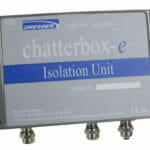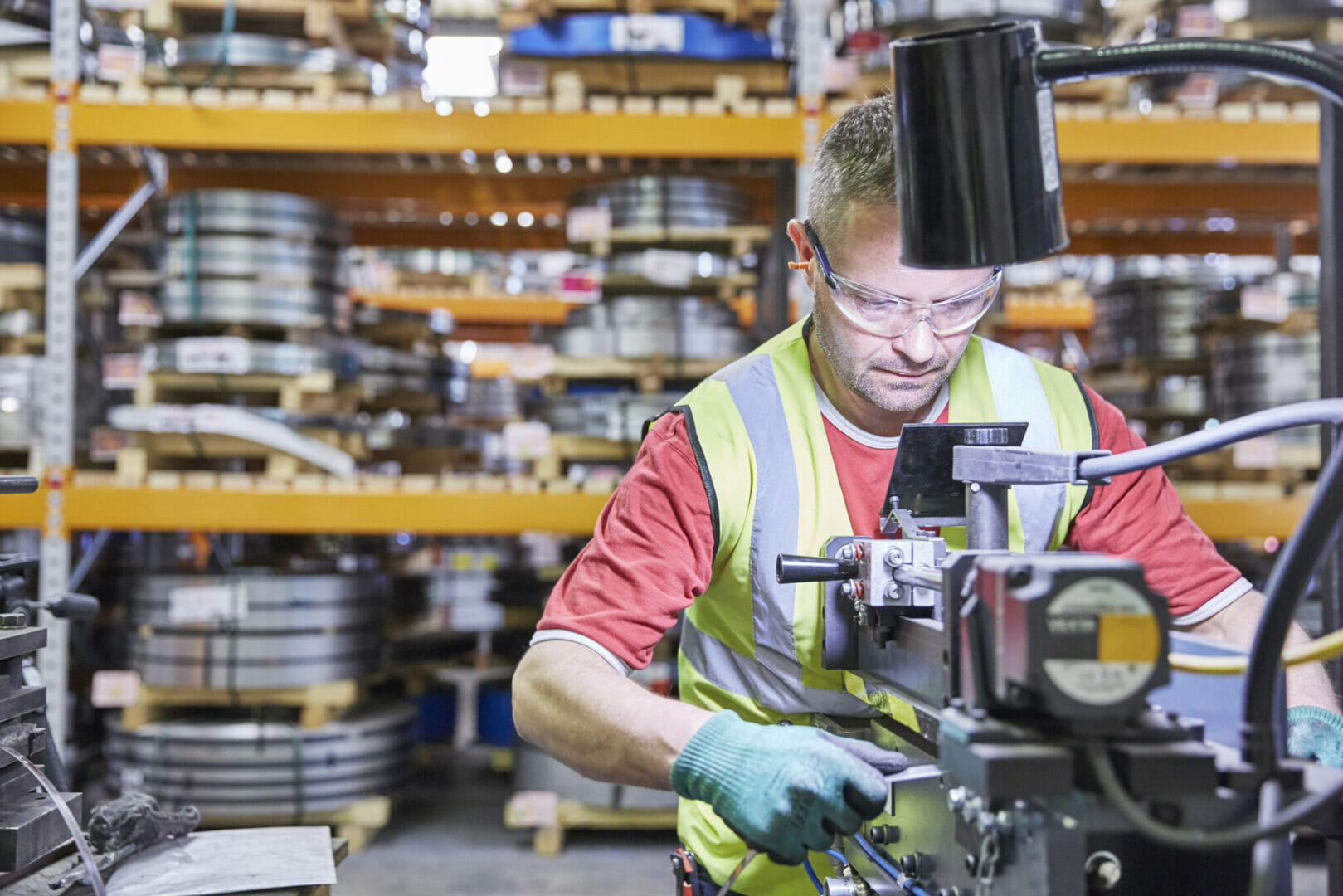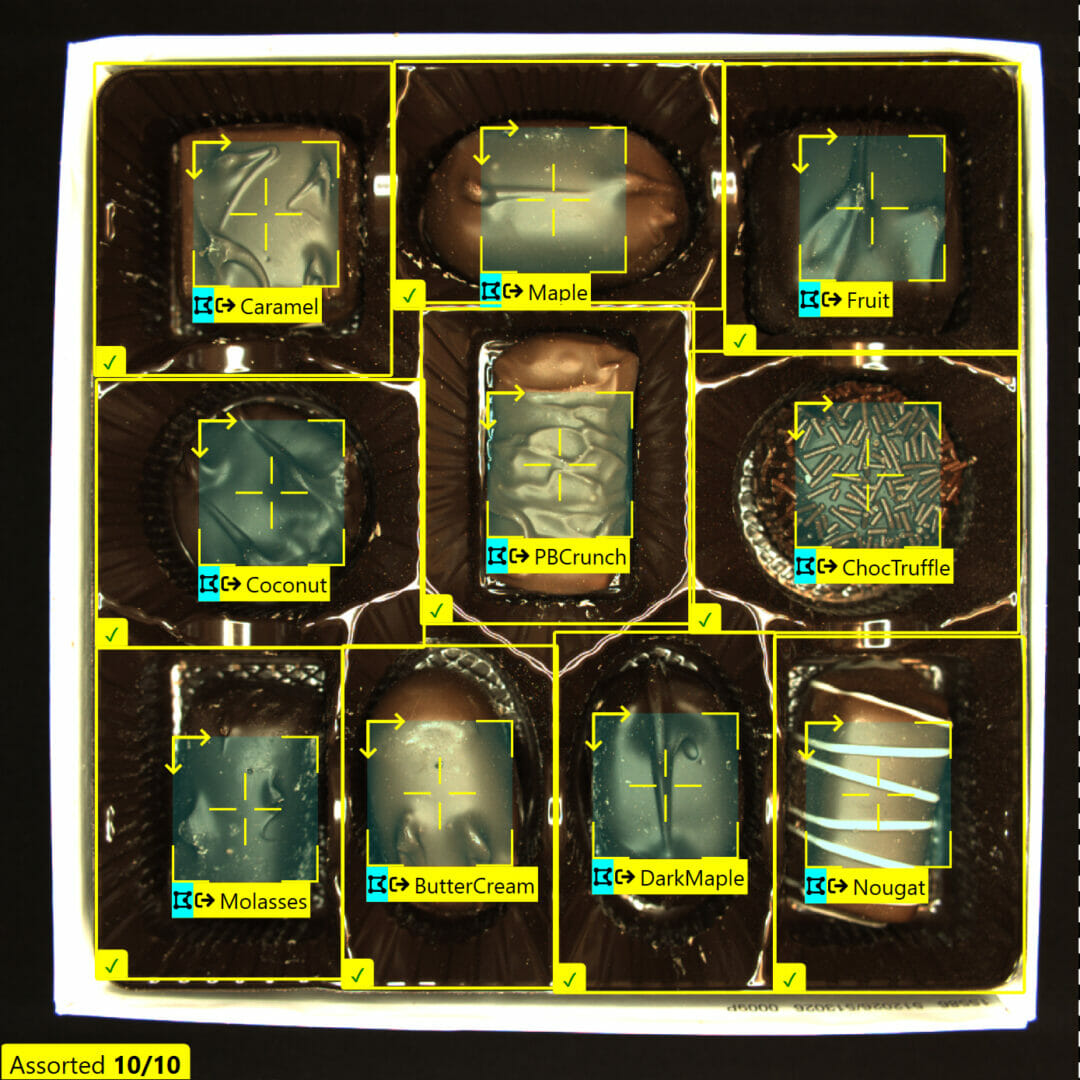Consistent, easily readable fonts set against a light or dark background can be solved well enough with traditional machine vision. But manufacturers need a new kind of dedicated OCR solution for when confusing backgrounds and imaging issues challenge their machine vision systems, and when the number and type of application-specific fonts are unpredictable. Badly deformed, skewed, and poorly etched codes are some of the common culprits. Other tricky codes are those involving low-contrast characters or codes printed, etched, dot-peened, or embossed on confusing backgrounds.
Imagine the time savings of a pre-trained optical character recognition (OCR) and verification (OCV) tool. By eliminating arduous training upfront, this tool would work out-of-the-box. And if an unrecognizable font did appear, likely because of specular glare, poor etching, or another cause of deformity, that tool could be retrained on the factory floor, and only on the problematic misread characters. That’s the promise of deep learning-based OCR and OCV tools, which rely on a pre-trained, omnifont library and only require training on application-specific fonts.
Deep learning-based software offers a radically easy, accurate alternative to these complex OCR/OCV inspection applications
Manufacturers in a variety of industries must have reliable systems in place to recognize and verify the trail of information which follows each good through the supply chain. In their efforts to ensure full traceability, manufacturers in the automotive, food and beverage, consumer products, pharamaceutical and electronics industry, among others, sometimes confront challenging codes. The usual suspects are either low-contrast characters printed on label-based packaging codes or deformed, embossed characters on injection-molded parts, such as a bottle cap. Manufacturers rely on OCR/OCV equipment to quickly locate affected products and pull them out of production or off shelves.
Deep learning-based OCR tools are effective and easy to deploy on codes printed onto challenging substrates and prone to deformity like dot-peened codes on metal parts, embossed characters on injection-molded products, label-based codes on packaging, and laser-etched codes on electronic components. Cognex Deep Learning’s OCR/OCV technology recognizes most alphanumeric text out-of-the-box and only requires brief upfront training to set the region of interest and character size. The system can retrain on misread characters quickly on the factory floor, so that manufacturers don’t miss a beat.
Find out more about Cognex’s Deep Learning-based OCR tool In-Sight ViDi Read by downloading the datasheet: https://connect.cognex.com/is-vidi-read-tool-LP_EN








